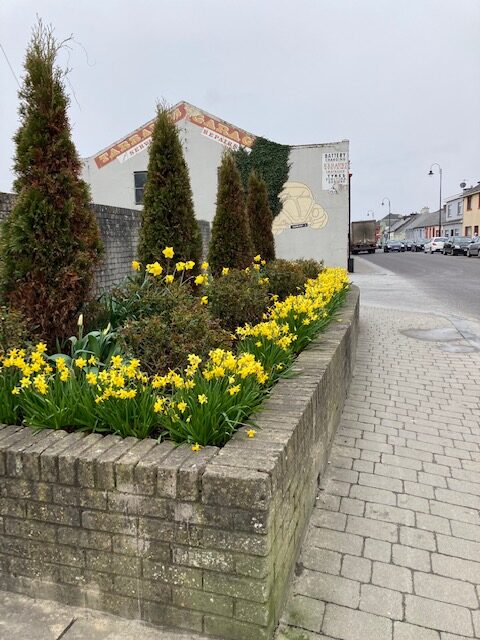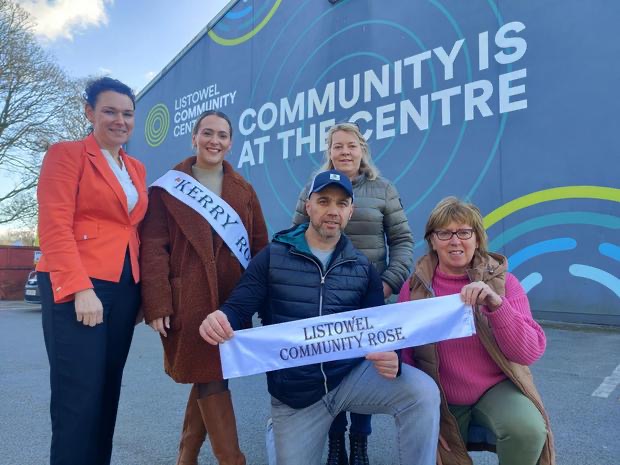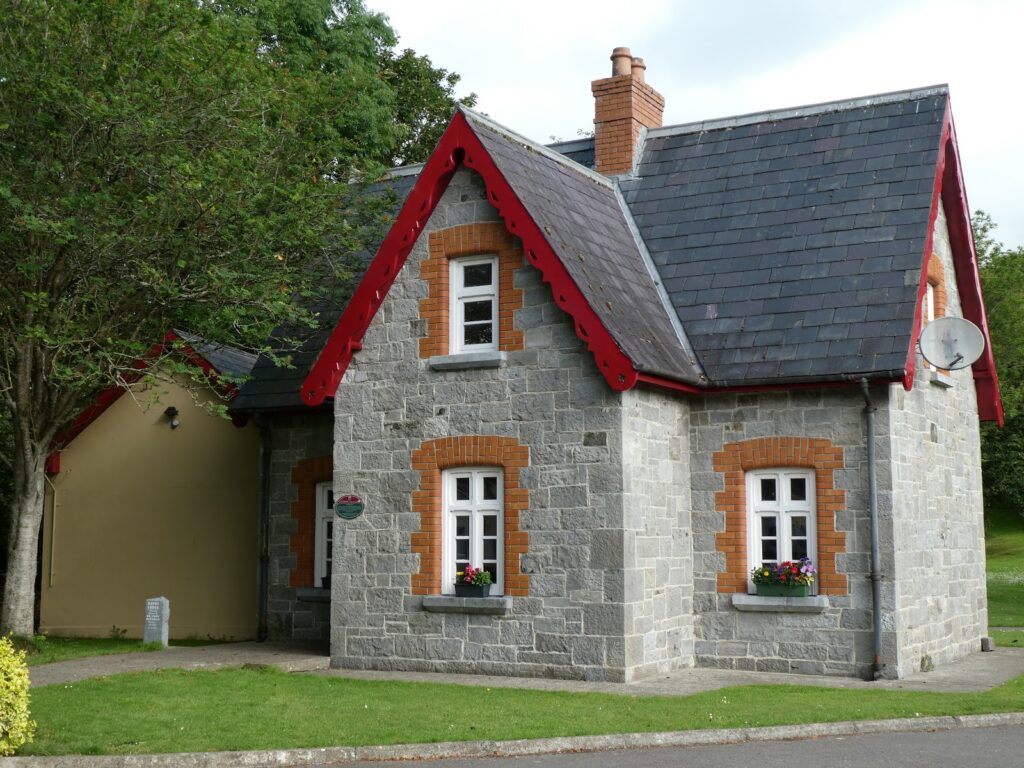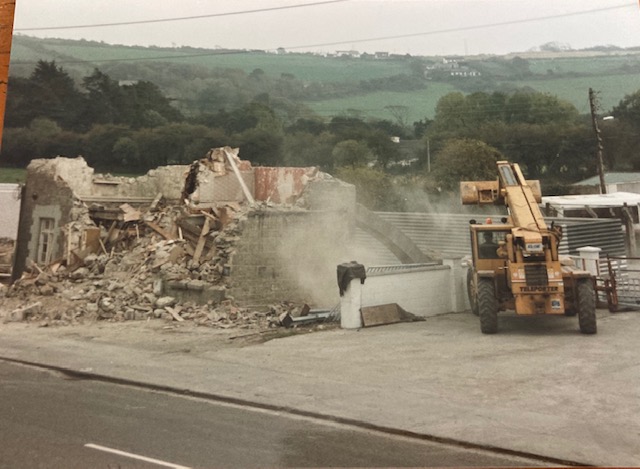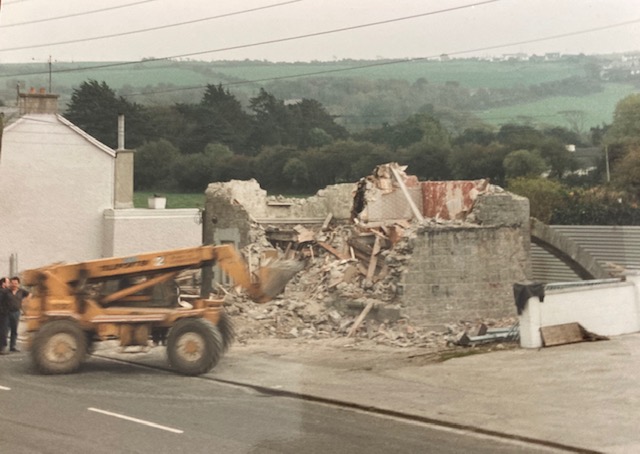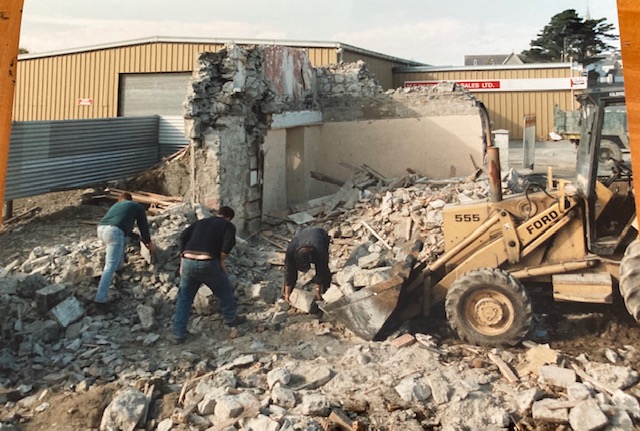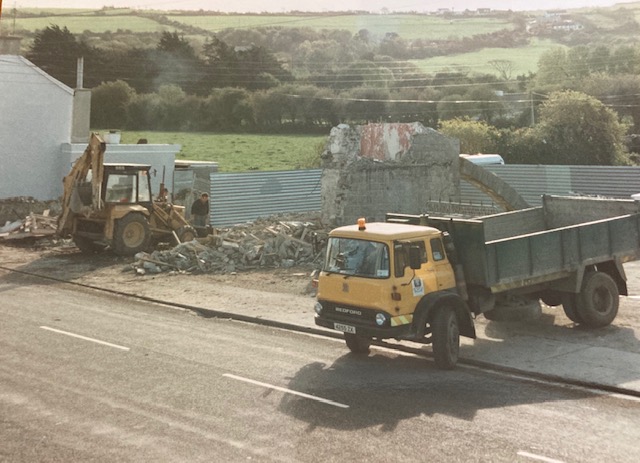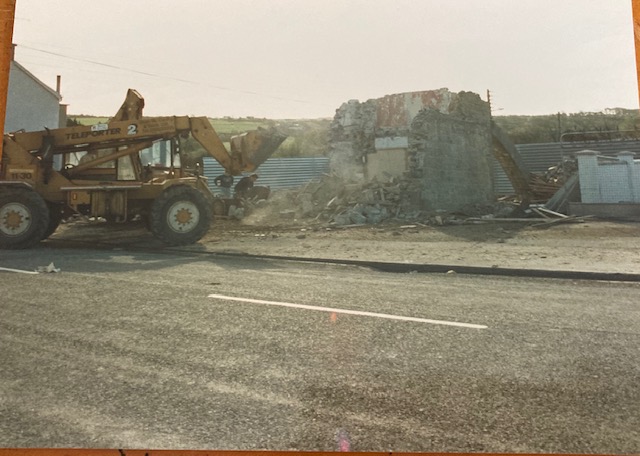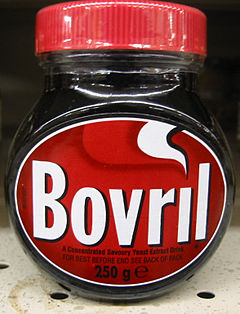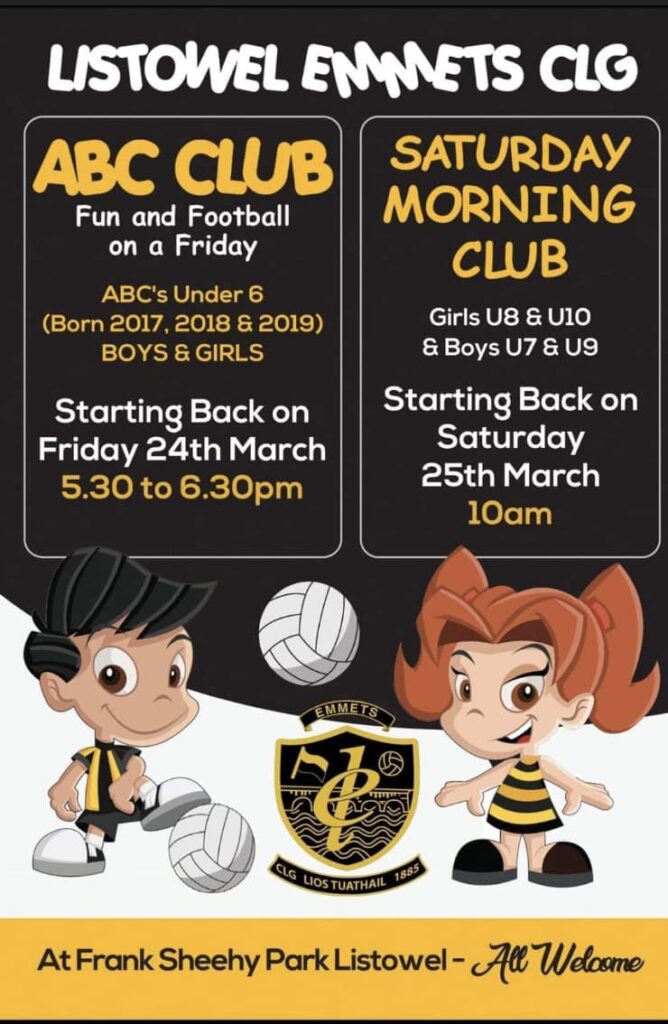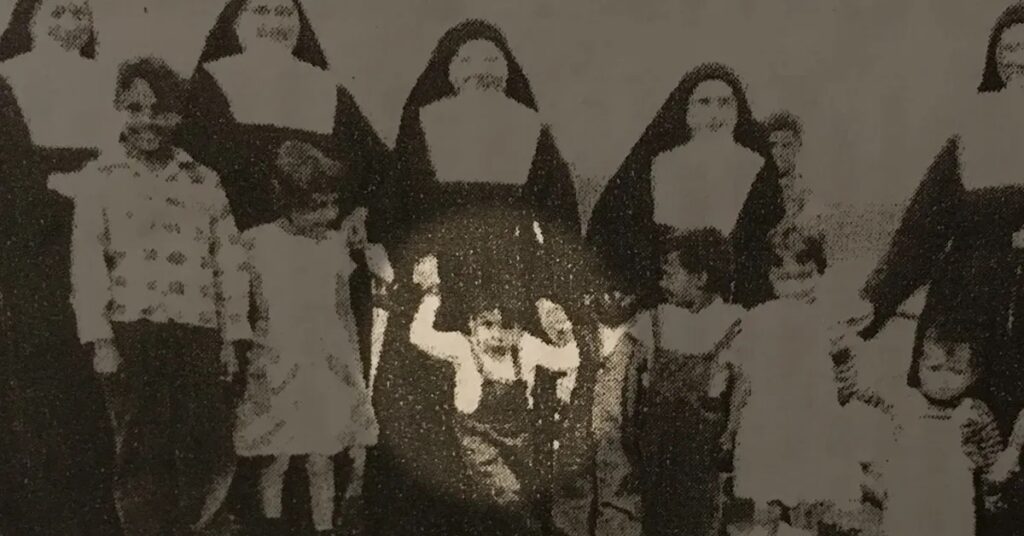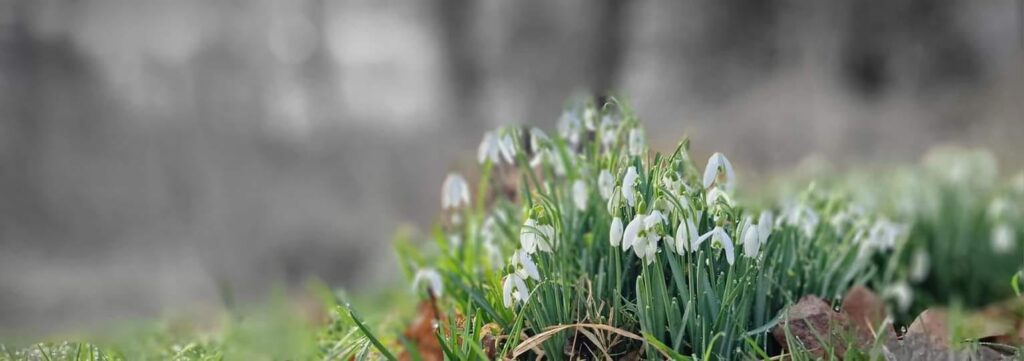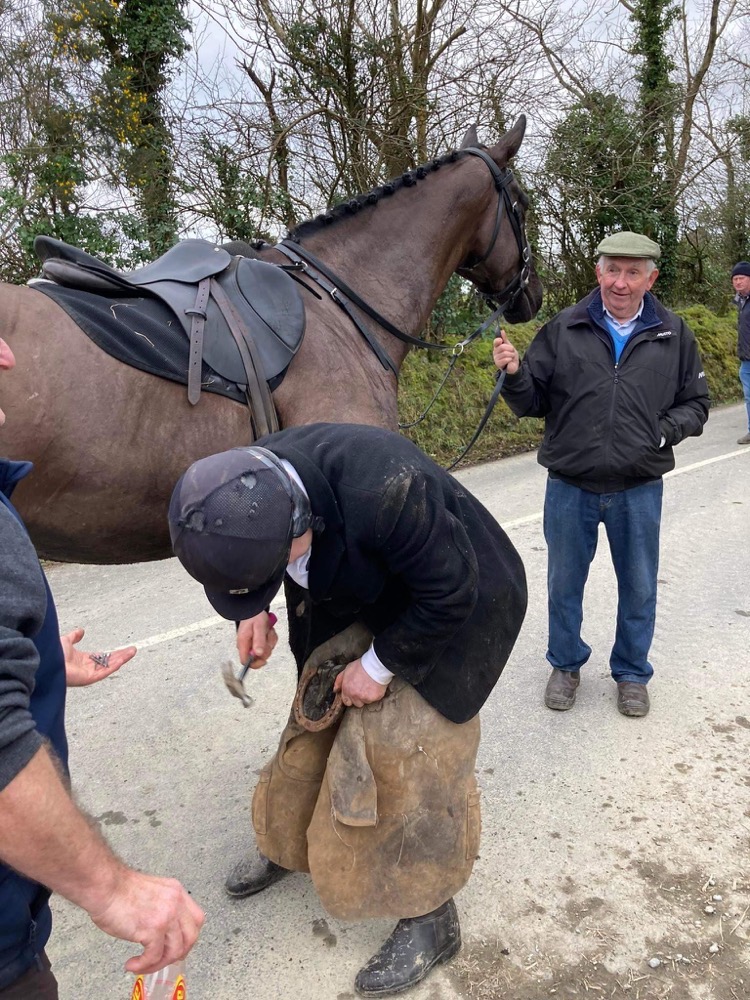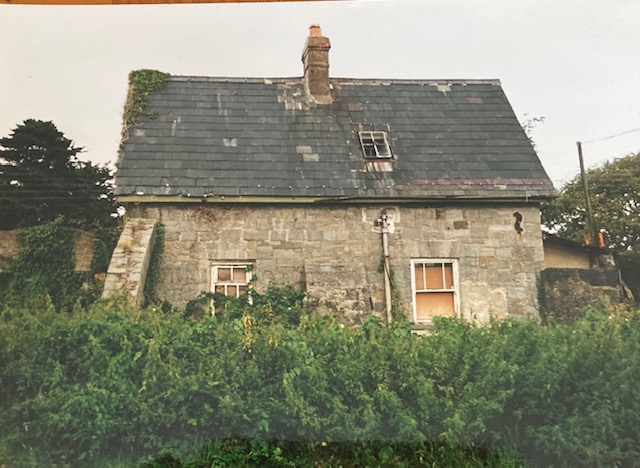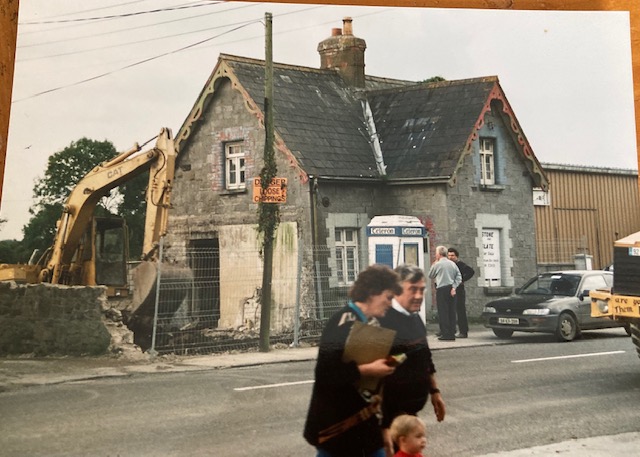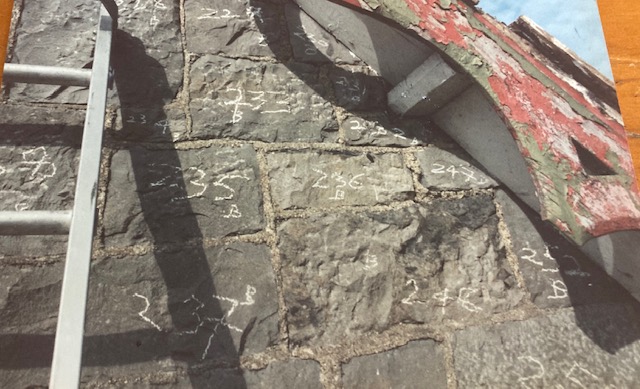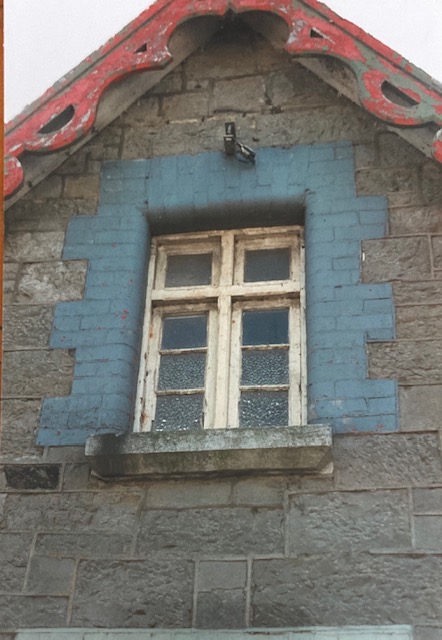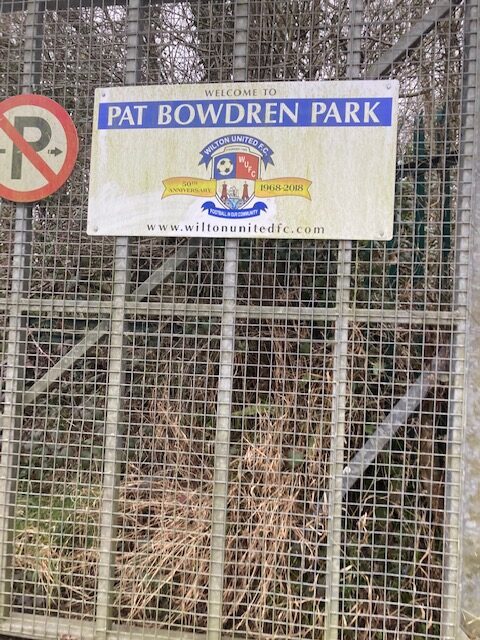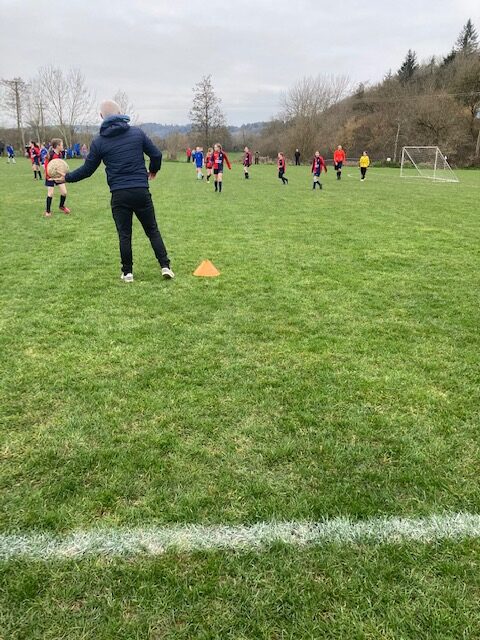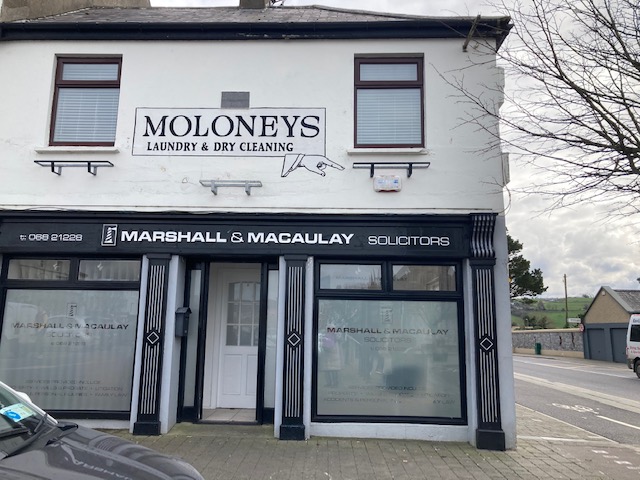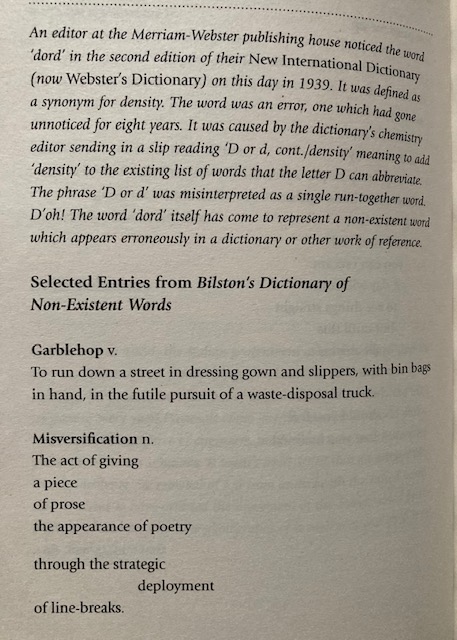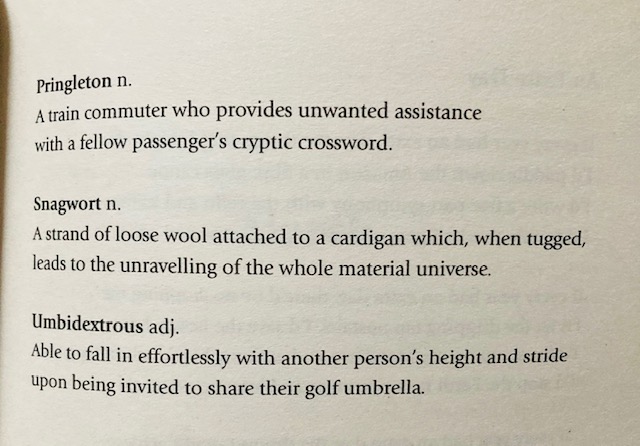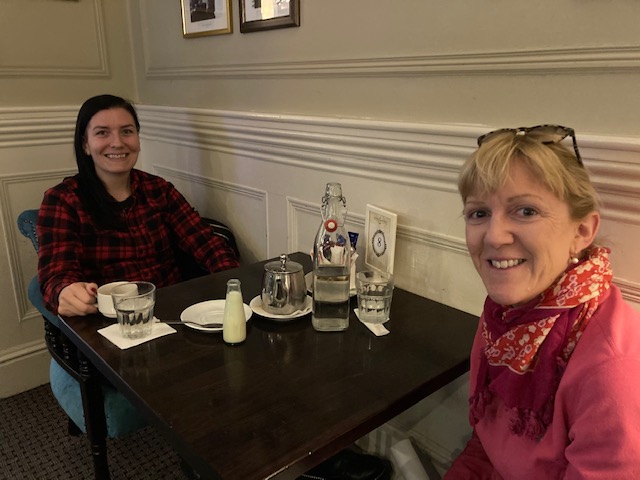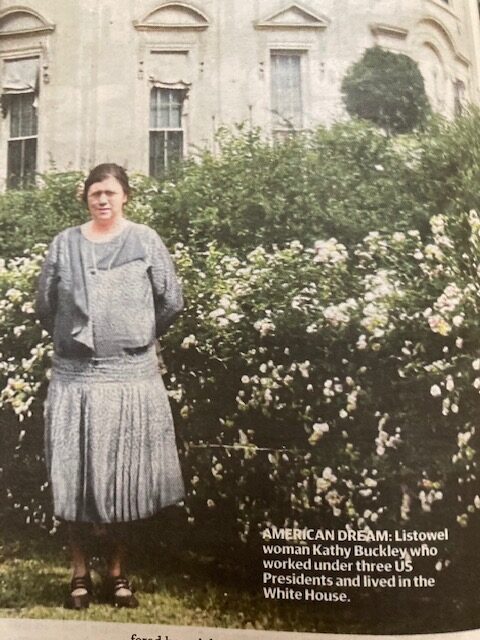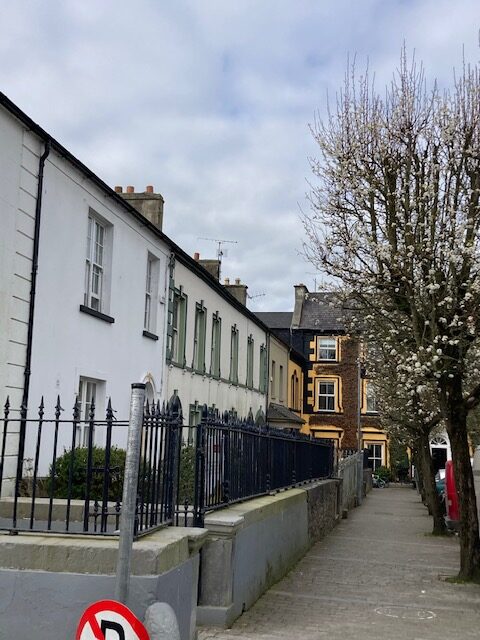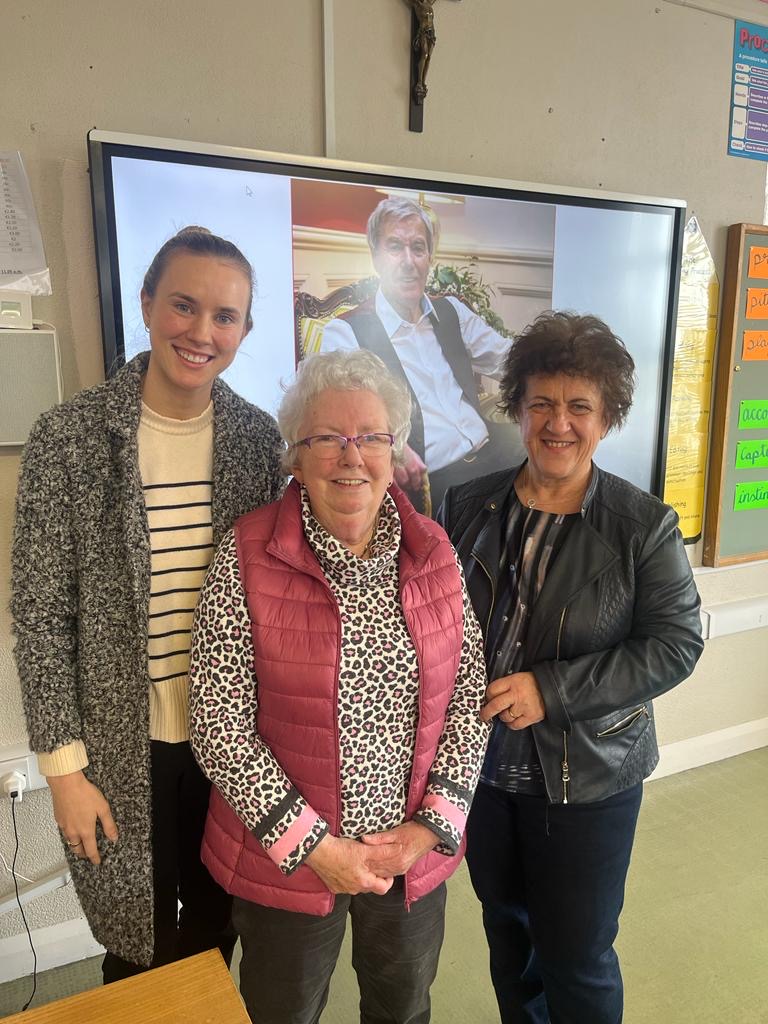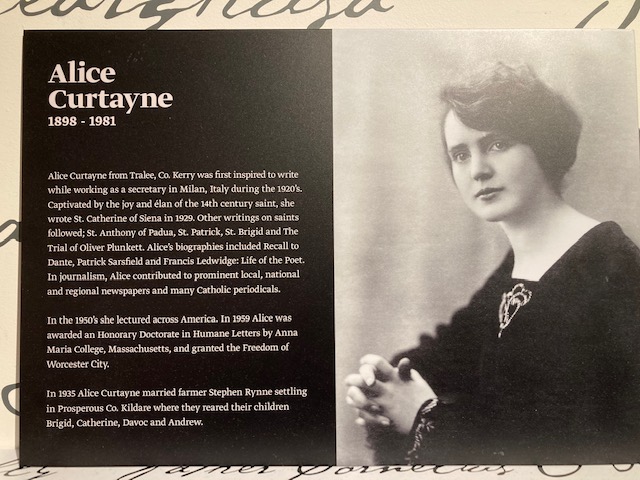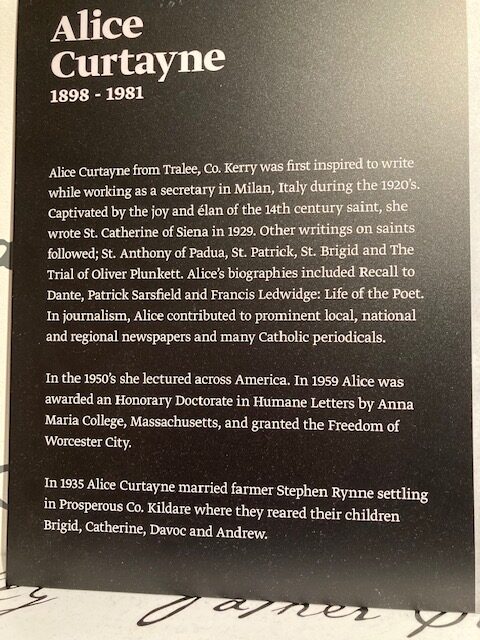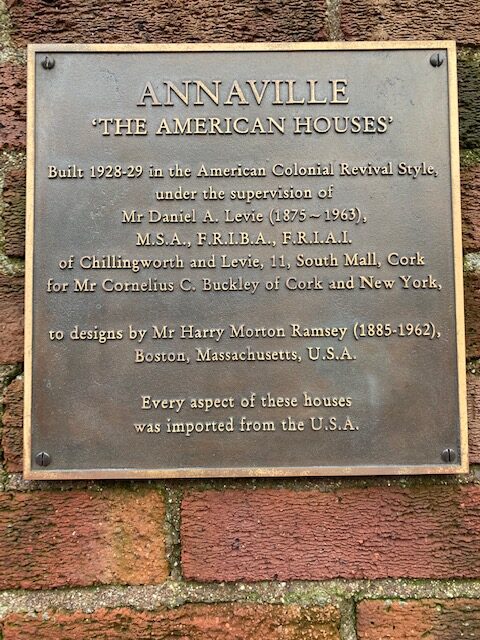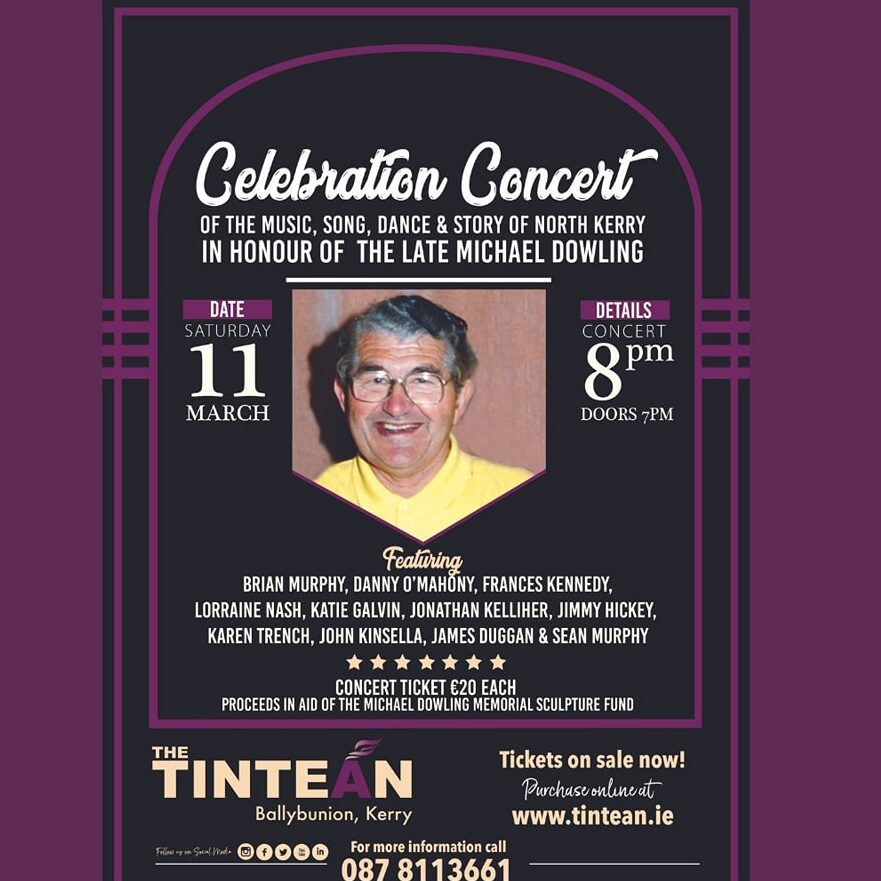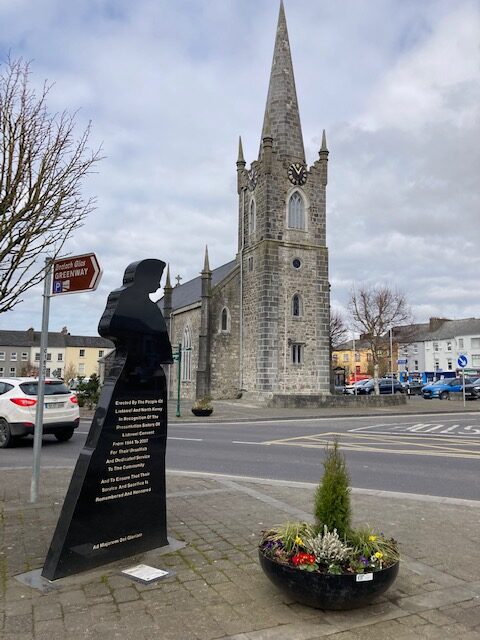
<<<<<<<<<<
Deireadh Ré
End of an era in Lisselton
(Pictures from Bridget O’Connor)
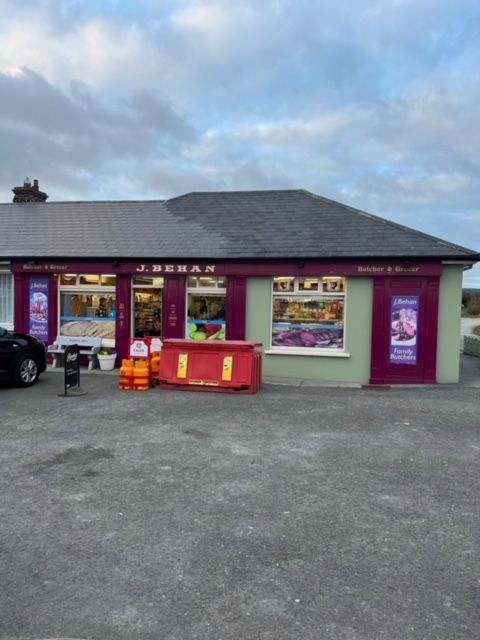
On Sunday evening March 5 2023 Behan’s of Lisselton closed the shop door for a final time and held a final hooley for family and friends (a.k.a. customers).

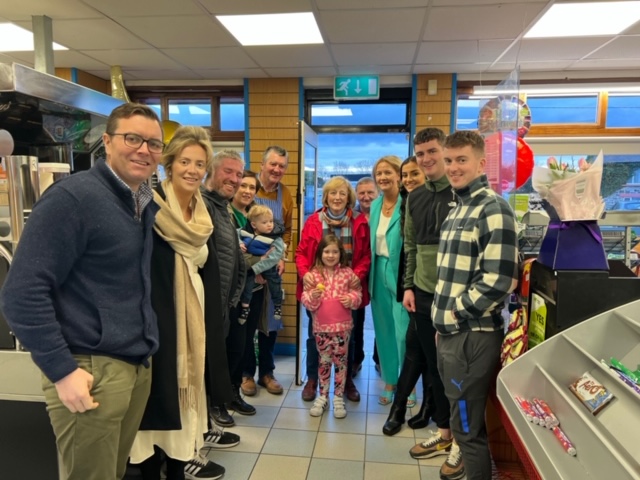
The till is silent, the meat hooks are empty, the shop coat is hanging limply. An old way of life, a Lisselton institution, is no more.
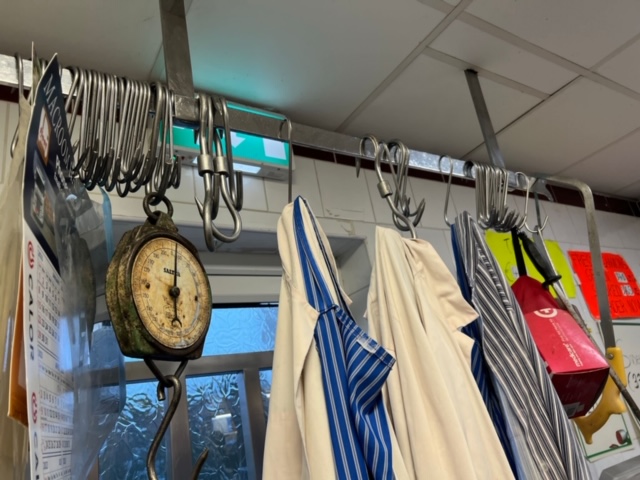
My association with Behans goes back to when Jeremiah ran the shop in the 1980s. We had a family to feed and we did something that was so common then. We bought a chest freezer and filled it with food, mainly meat.
Behan’s offered a bespoke butchery service like no other. When the meat had been slaughtered and hung, I would go to Lisselton and stand at Richard’s elbow while he cut the joints of meat to my requirements and I bagged them for freezing. I learned so much in those bagging trips, for, if truth be told, while I was there to tell Richard how I wanted the beef cut, it was in fact Richard teaching me the best way of organising my meals. and Richard was always full of good advice. He was the most patient of shopkeepers.
As you can imagine, this operation took a few hours so meanwhile the business of the shop went on in front of us. The meat counter was at the back of the shop.
The shop was like a rambling house. Everyone knew everyone else. Jeremiah was always up for a chat and positively encouraged customers to hang around and swap news and pass away a bit of the day. The atmosphere was just so warm and welcoming. You could get a tip for a horse or a hound. You would learn the state of the bog and the situation with cutting or footing. The price of cattle and news from The Mart was exchanged.
Jeremiah always read the newspaper and was well up in global news so he held his own on many topics. The health of neighbours was a regular topic as well as local marriages and deaths.
Then Mrs. Behan would bring the cup of tea and the slice of cake. The tea was always presented in a china cup and I was made to feel like a VIP guest rather than a customer.
Getting the meat for the freezer at Behans was never a chore. It was a trip to be looked forwarded to and enjoyed. It was part of a way of life that is now just a memory to me….a lovely few hours in the company of lovely people.
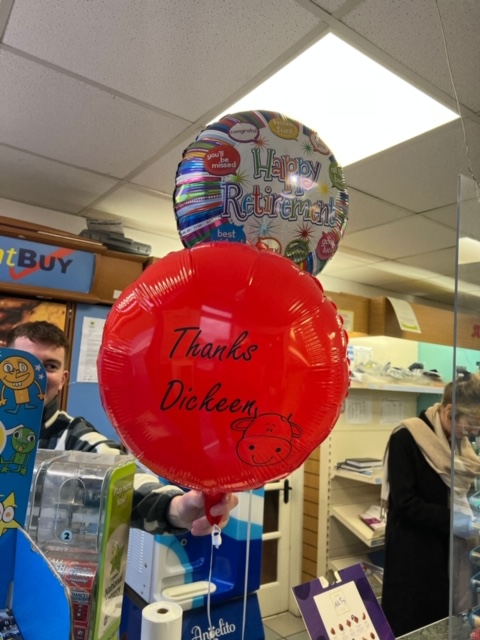
My family have grown and flown. The chest freezer is banished to electrical recycling heaven. I have not been to Behans for years. A new generation of Behans has grown up in the intervening time. And now the door has closed on that happy place.
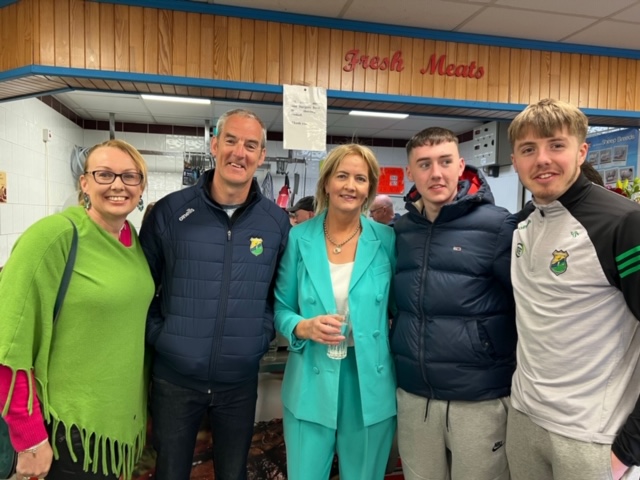
The affection of their many customers and friends is evident in my friend, Bridget’s, photos which she so kindly shared with us.
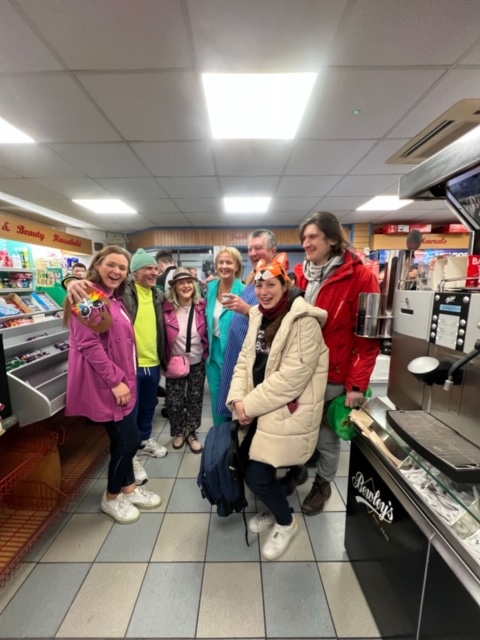
Forgive me if I shed a tear for those happy bygone days when I was privileged to be part of a retail legend. Behans were a rare breed of business people when the customers were treated like a valued friends.

I wish Richard and Geraldine a long and happy retirement with plenty of family time to enjoy.
<<<<<<<<<
The Murder of Seán O’Brien
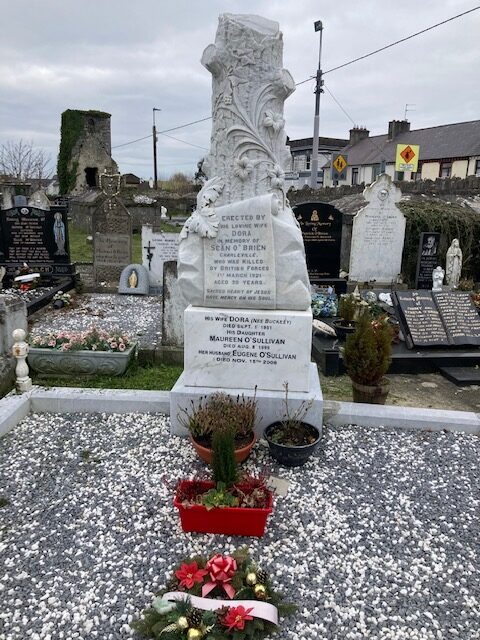
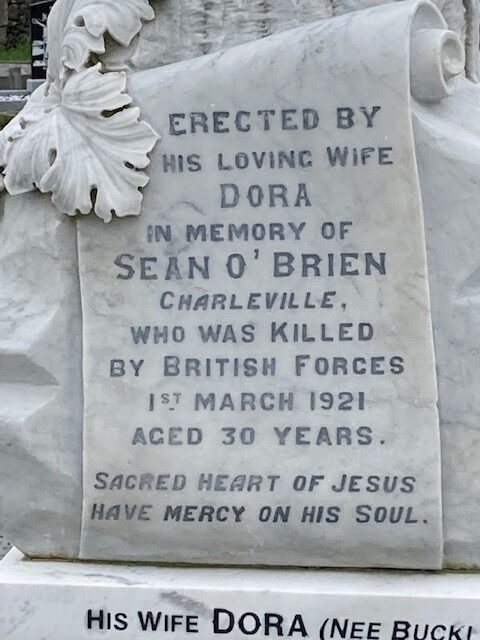
This very unusual grave memorial in St. Michael’s cemetery, Listowel has an interesting story behind it. According to people who know these things, Sean O’Brien’s remains are no longer interred here but have been removed to his native Cork.
Here is the story from Mike Mc Grath in last week’s Corkman.
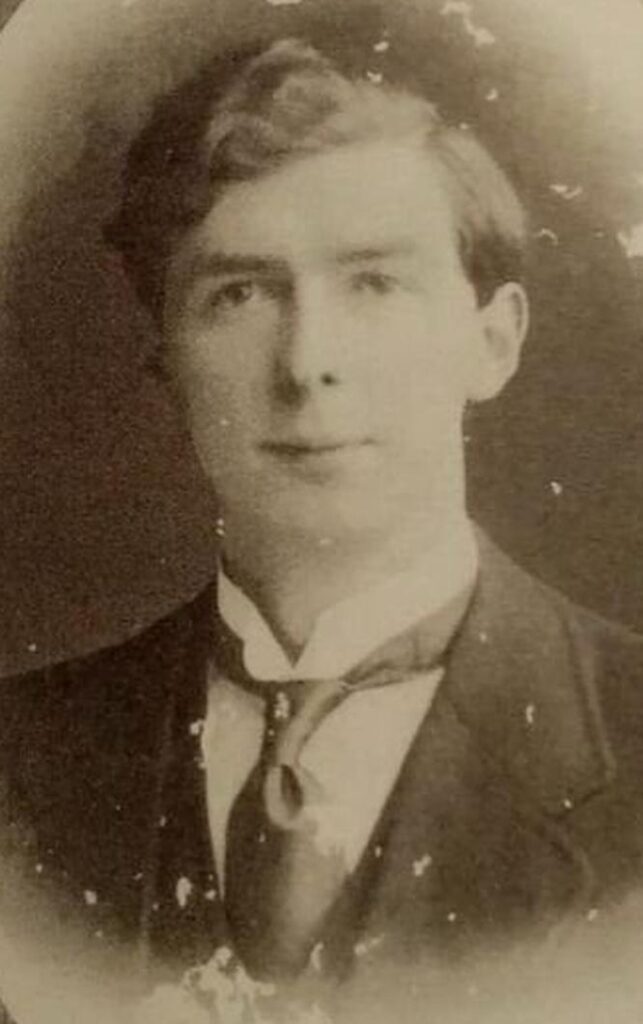
One hundred years ago this week Charleville man Seán O’Brien was murdered by Crown forces at his hardware shop at Main Street Charleville in a reprisal attack. Here local historian and genealogist Evelyn O’Keeffe, who is chair of Charleville Heritage Society, researched the details and recalls the terrible event, and its aftermath.
‘Terrible Fate of Well-known Charleville Shopkeeper’ was the headline 100 years ago this week when Sean O’Brien, a hardware merchant was murdered.
Sean died from his wounds as his wife and young daughter bore witness to his terrible end.
‘At 8.30pm there was a knock on the door. The Tans came into the town looking for blood that night, a Volunteer attack earlier that day on an RIC patrol in Charleville had maddened the Tans.
‘They went to the home of Seán O’Brien. The Tans knocked at his door, and Seán, without opening the door, enquired what they wanted, and the Tans’ reply was to fire several volleys through the door and they also threw some grenades through the fanlight. It was an extremely brutal murder, for his body was ripped asunder. He died seven and a half hours later.
‘Seán was president of the local Gaelic League and was a committed Irish-Irelander. He was elected in June 1920 to the Urban District Council on the Sinn Féin ticket and was the unanimous choice for chairman.
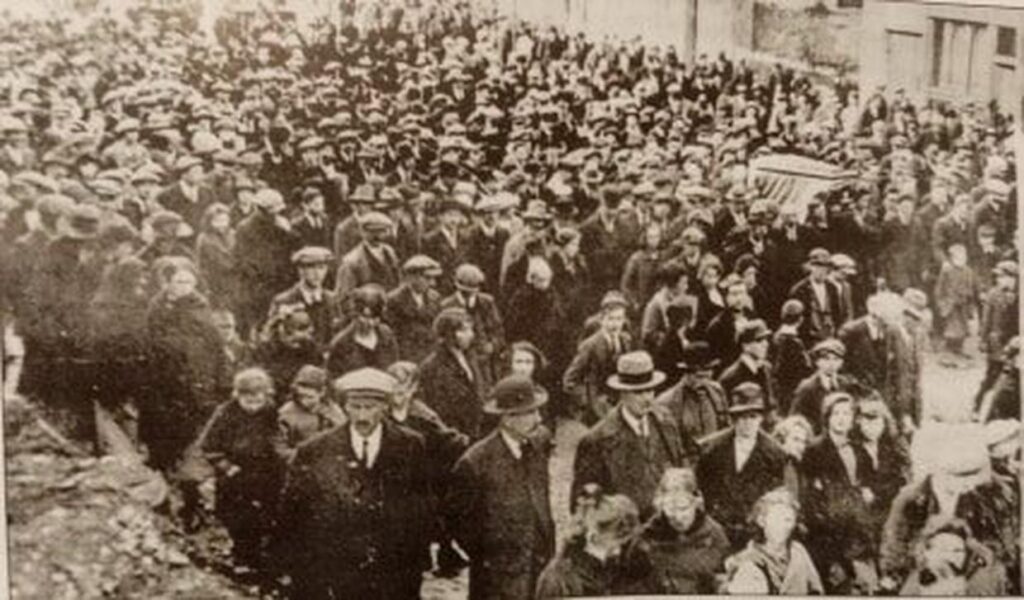
O’Brien’s funeral prompted an ugly scene. During his funeral procession on 4th March 1921 ‘two military officers approached the clergy, who were in front, and asked them were they not aware of the fact that the Republican flag which covered the coffin was not permitted in accordance with official regulations. One of the priests pointed out that the ensign was wrapped around the remains and secured to the lid, and that the coffin should be opened if they insisted on having the flag removed. After some controversy the military officers decided not to interfere further’.
‘Seán took an active interest in all aspects of life in Charleville and the turnout at his funeral was huge, being a member of the Kilmallock Board of Guardians, Cork County Committee of Agriculture, and was always ready to volunteer his services to resolve labour disputes. He enjoyed the respect and esteem of all classes in the town, including those who did not coincide with his political views.’
May he rest in peace.
<<<<<<<<<<<
Now and Then
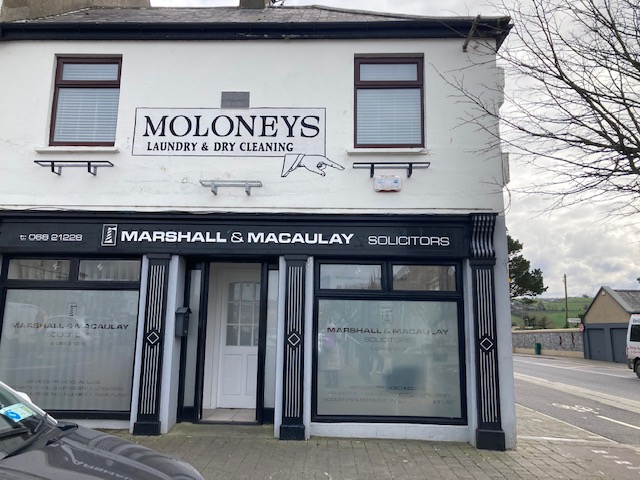
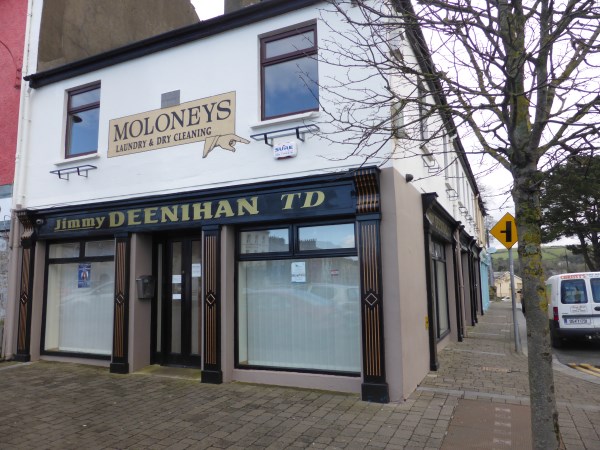
<<<<<<<<<<

